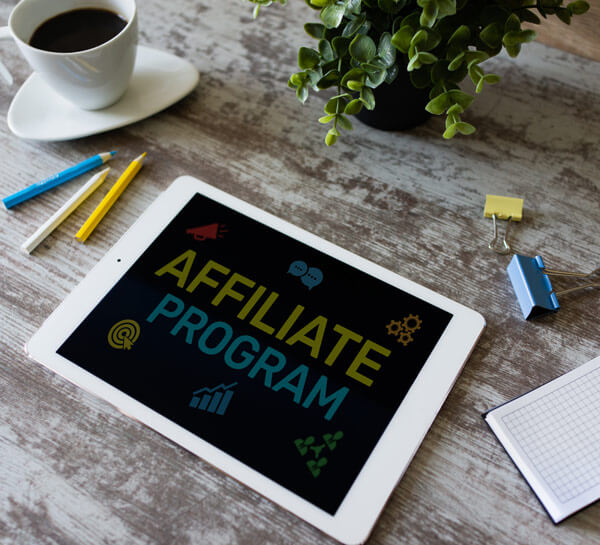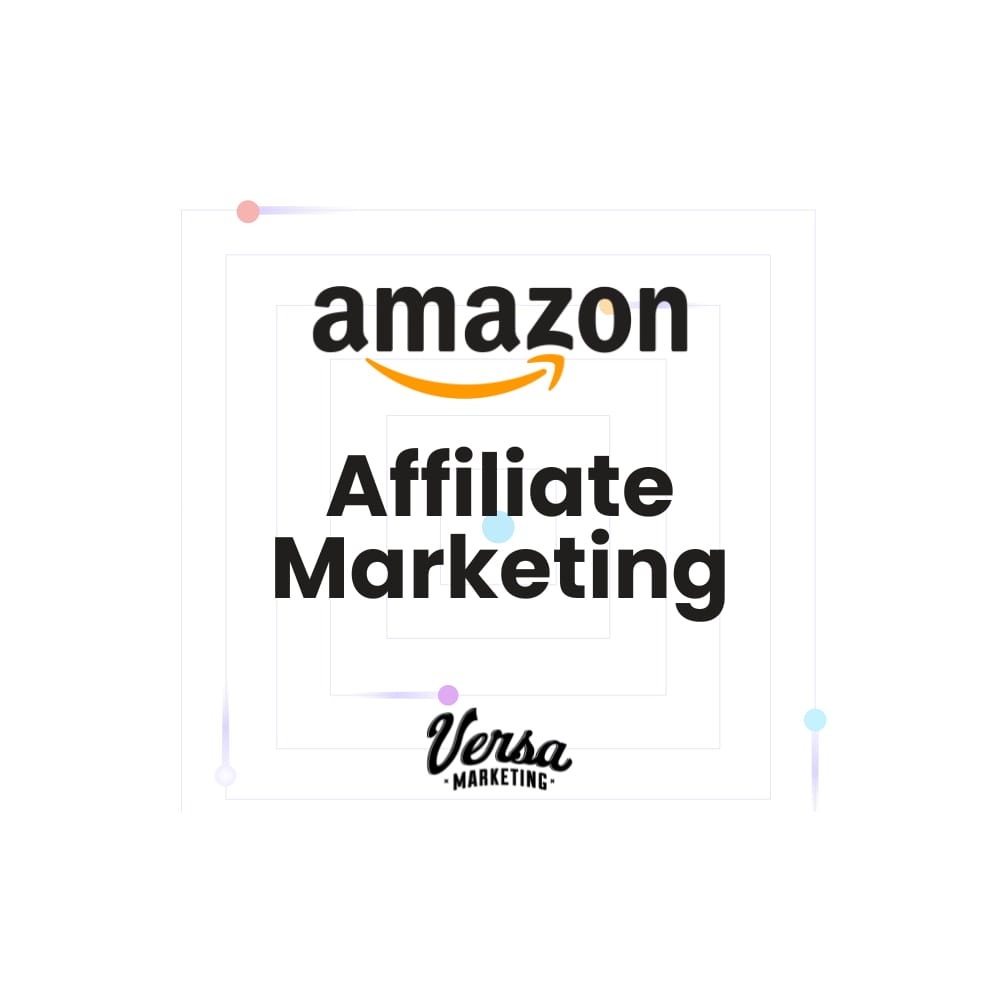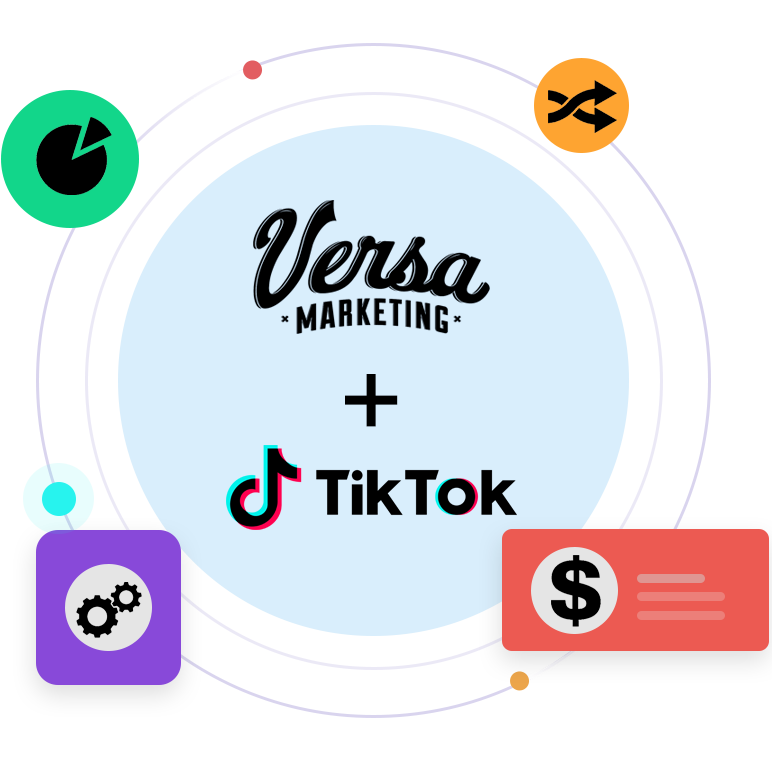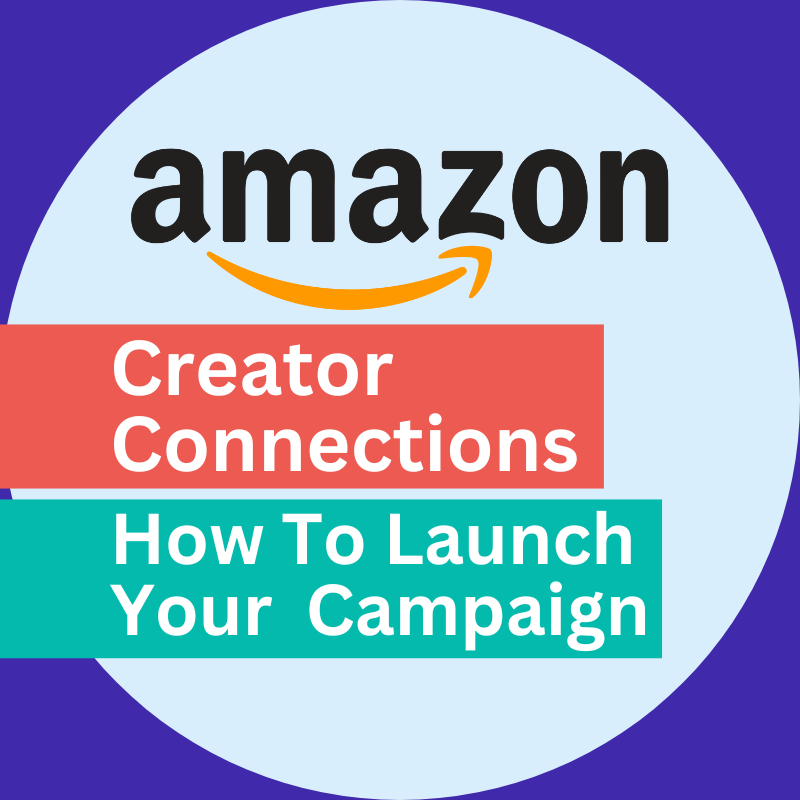Let’s face it. In this age of marketing where bot followers and likes for sale are readily available, the truth about anyone’s digital footprint can be a bit elusive. Which is ironic, really, because influencer marketing is based on authenticity and interpersonal connections. If someone pays for “likes” and follows it’s comparable to the lonely kid in 90’s movies that throws a huge party to gain popularity and win his dream girl’s affection, only to wake up with a trashed house and no cool kids in sight.
Like the inevitable ending to those 90’s movies our true influencer partners are the ones that are still there cleaning up in the morning; they believe in you, stick with you, and ultimately bring you to the happy ending where the nerdy friend-zone girl takes off her glasses, swings her hair around in slow motion, and declares her love. Maybe not that romantic, but you get the gist—just swap hot girl out with direct sales from influencer content.
Let’s take a look at the positive power of influencer marketing and how to navigate around fake influencers with fake friends.
The Problem With Numerical Qualifiers
First, let’s examine why an influencer would pump up their numbers like that. Like many things in business, it all comes down to numbers. The first metric many marketers look to when vetting a list is social reach (number of followers or subscribers). So many brands make the mistake at only looking to this numerical qualifier because they are readily available and easily sorted--which is why influencers still can get away with fake images.
It makes sense because logically, those with a larger audience will undoubtedly produce larger results. As a result, many brands will only require a certain reach (say, 50,000 followers) to even contact an influencer to work with. This leaves an honest blogger with 4,000 devoted readers with no ability to grow, monetize or otherwise benefit from all their hard work.
Are the brands driving this dishonesty? Depends on how you look at it, but solely using reach to choose influencers is probably costing brands in more ways than one. So let’s examine other characteristics to examine past numeric statistics.
Small but Mighty
There’s no disputing the power of celebrity influence. Getting an A-lister to feature a brand potentially exposes them to millions of eyeballs and impressions. But do all those readers actually believe that: a) that celebrity actually uses and believes in that product and b) it’s a product that would be useful and valuable to an everyday reader? Chances are, they don’t.
However, a relatable blogger with a relevant niche and loyal following can gain targeted impressions and put the right eyeballs on the brand, which naturally creates focused buzz among those who would actually buy the product…at a fraction of the cost to the marketing budget.
Studies show that the sum of social engagement events with any one influencer is divided it by the total reach. Meaning there are impressive results for the little guys. The rate of engagement for Instagram influencers with less than 35,000 followers more than doubles. That’s huge!
There is a steady decrease as followers go up. Now, for some brands, quantity is everything. But, the ripple effect created when an influencer engages with their readers has an exponential result as the shares, likes and follows pile on. Thus leaving us to conclude that meaningful engagement from both influencers and readers creates honest and trusted connections that can extend far beyond a one-off campaign.
The Power of Engagement
Let’s examine one statistic that has always stuck out. In this consumer report, we see that millennial moms (with a lot of buying power) are typically devoted blog readers and rely heavily on social media to inform their choices. And, of those surveyed, a whopping 80% tend to disregard traditional brand-produced advertising, choosing recommendations from their friends and contemporaries instead. A blogger who answers their questions, is available for social commenting and is viewed as a peer instead of a celebrity fits the outline of the “peer influencer” that 80% of consumers trust. Wow.
If you’re a brand, how do you ensure that your marketing partners are engaged and fit this “mid-level” criteria that is so powerful? There are just a few qualifiers to mention. A highly recommended way is to look at one of the most dependable metrics that shows actual engagement—the comments in a blog post or replies to social posts. This is where conversations take place and brand advocates are uncovered. Another way is to work with influencers who have a total following under 50,000. Furthermore, it never hurts to scroll through the posts to make sure they don’t have an overwhelming amount of sponsored content.
What Does It All Mean?
This is powerful stuff. Honest bloggers with integrity and authenticity can make deliver actionable results that brands desperately desire. Number of followers is not a reliable statistic to use as a marketers only filter. Automated followers and bot commentators cannot keep up with the authentic influencer and the marketer who properly vets their social partners.
At Versa we have multiple years of experience and filters that we use to ensure that our influencers are real and quality people. Which brings us to an important question: what filters do you use to identify the right influencer for your brand? Share in the comments below!
The Truth Shall Set You Free: The Power of Honest Influence
08.18.2017

Blog Posts
The Latest From Versa Marketing

Amazon Sellers: Launching an Amazon Affiliate Marketing Program & Creator Connection Campaigns

TikTok Affiliate Program Launch and Management

Amazon Affiliate Marketing Program – Launch & Management
Best Affiliate Marketing Agencies & Networks for Ecommerce Brands (2025 Guide)

How to Launch Amazon Creator Connections Campaigns

